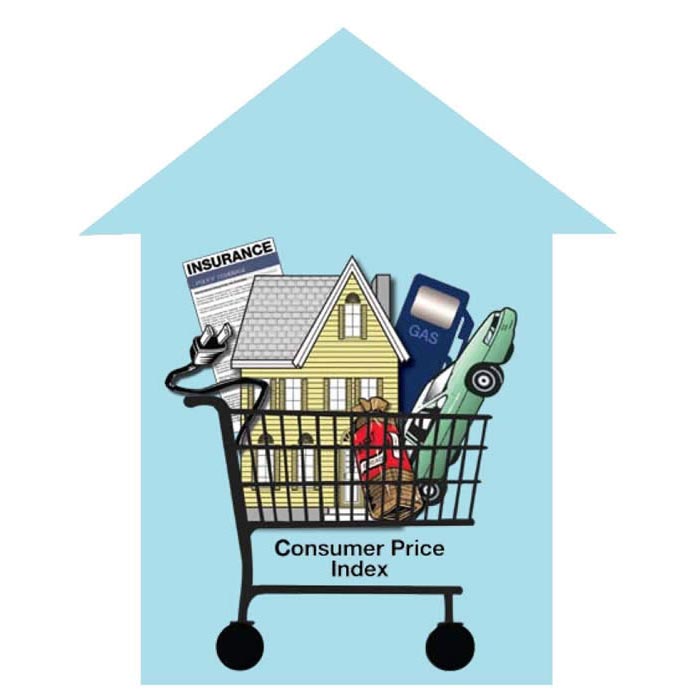How to Use the Consumer Price Index

The Consumer Price Index (CPI) is basically a tool used to measure the changes in inflation over a certain period of time. This helps in measuring the change in prices of a market basket of goods and services that are purchased by a household. There are different types of indices for urban consumers, blue-collar wage earners, the elderly and chained. This helps in determining the change in the purchasing power of the consumer over a period of time. The purchasing power falls if inflation increases and vice versa. Check out these simple tips to help you use the Consumer Price Index.
Instructions
-
1
Set the baseline
You must first set the baseline. This is extremely important as you need to outline the clauses of your compensation package when you are offered a contract. The best thing is to relate the salary or the hourly wage to the changes in inflation. However, your annual bonus should have no link to any changes in inflation. -
2
Select the CPI
You must choose which Consumer Price Index you want to use. There are four types of Indices that can be used. These include the CPI-U (for urban consumers), CPI-W (for wage earners), CPI-E (for elderly) and C-CPI-U (chained CPI for all the urban consumers). Select the index according to your use and the regions, cities and categories you want. -
3
Reference period
There should be an agreement on a reference period. You must decide whether you want to agree on a yearly average, a monthly average or some other time period that you like. -
4
Determine a formula to make adjustments
You must establish a formula to get the findings. The most common method is to divide the new Consumer Price Index with the older one and multiply the answer with the base wage or the base price. -
5
Decide on a cap or floor
You can agree on a cap or floor with your company to counter any effects of inflation on the wage or the price that you are offering. Generally a floor will ensure an increase in wage every year even if there is no inflation.







